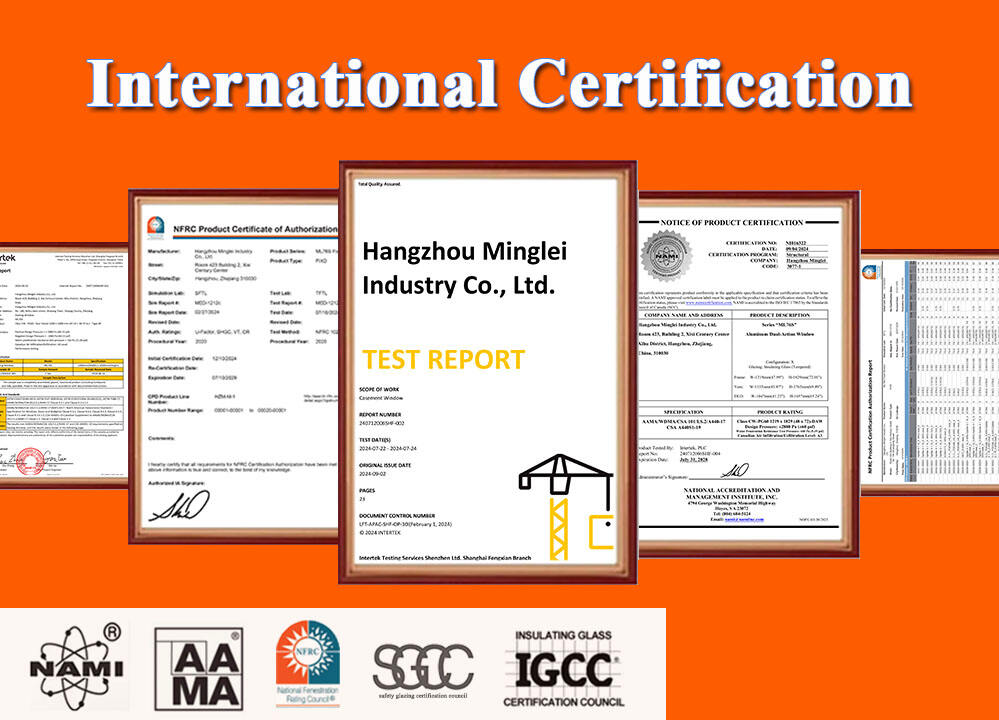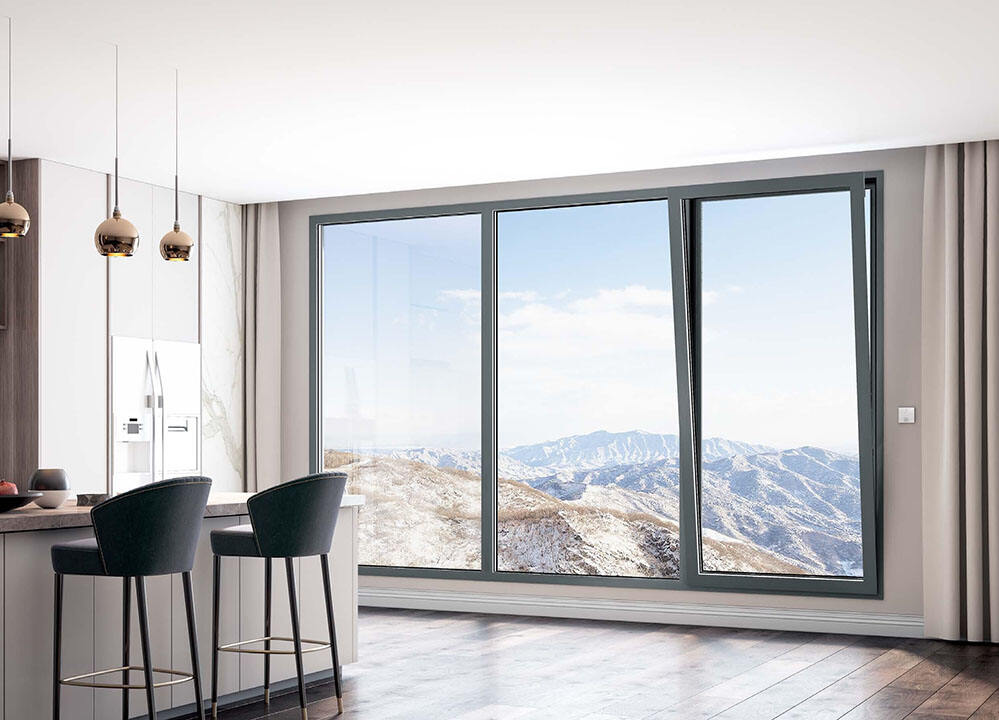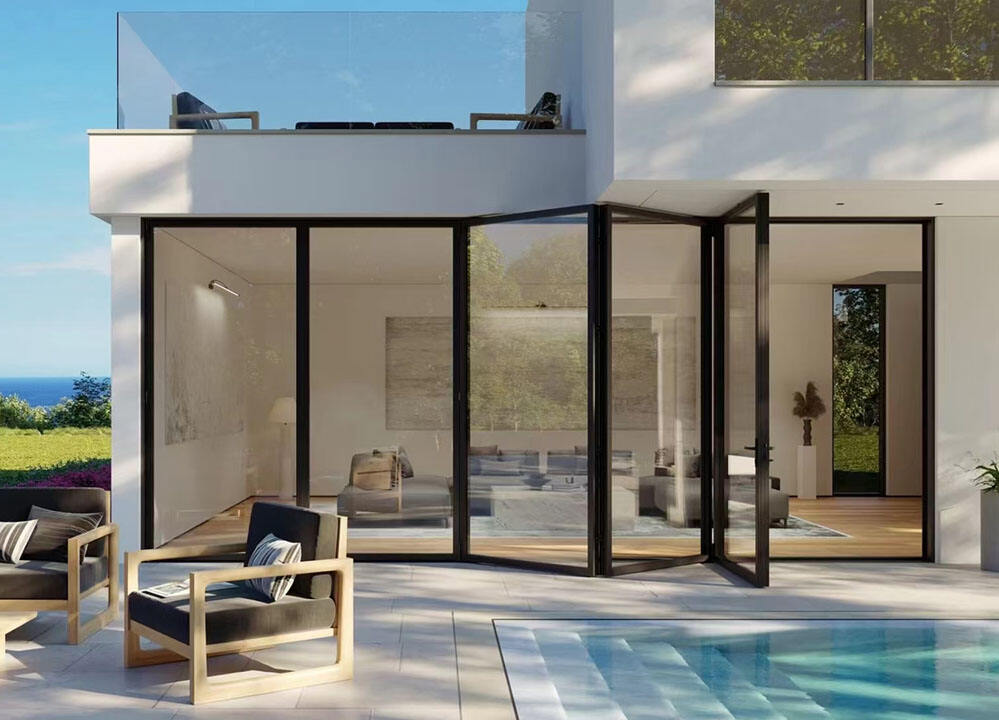How to Choose the Perfect Entry Door for Your US Home: A Comprehensive Guide
Your entry door is more than just a gateway to your home—it’s the first impression visitors get, a critical line of defense against intruders and the elements, and a key contributor to your home’s energy efficiency and curb appeal. With countless options available in the market, from materials and styles to security features and certifications, choosing the right entry door can feel overwhelming. Whether you’re building a new home, renovating, or simply upgrading an outdated door, this guide will walk you through the essential factors to consider, ensuring you make a decision that balances functionality, style, and value.
1. Start with Material: Durability Meets Climate Adaptability
The US boasts diverse climates—from the humid heat of Florida to the frigid winters of Minnesota and the dry winds of Arizona. Your entry door material must stand up to local weather conditions while aligning with your budget and maintenance preferences. Here are the most popular options for US homeowners:
- Steel Entry Doors
Steel doors are the gold standard for security and durability, making them a top choice for families and high-crime areas. Constructed with a steel skin over a foam core, they offer exceptional resistance to forced entry, dents, and warping. Steel doors are also highly energy-efficient: the foam insulation helps retain heat in winter and cool air in summer, reducing your HVAC costs by up to 15% (per the US Department of Energy).
Ideal for: Cold climates (excellent insulation) and security-focused homeowners.
Maintenance: Minimal—occasional cleaning with soap and water, and touch-ups for scratches to prevent rust.
Note: Opt for a door with a galvanized steel core and a baked-on finish to resist corrosion, especially in coastal areas (salt air can damage unprotected steel).
- Fiberglass Entry Doors
Fiberglass is a versatile, low-maintenance option that mimics the look of wood without the upkeep. It’s resistant to rot, warping, and insect damage, making it perfect for humid or rainy regions like the Pacific Northwest or the Southeast. Fiberglass doors also offer good insulation (look for models with polyurethane foam core) and can be painted or stained to match any home style.
Ideal for: Humid climates, homeowners who want wood aesthetics without maintenance, and eco-conscious buyers (many fiberglass doors are made from recycled materials).
Maintenance: Wipe clean with a damp cloth—no sanding, staining, or sealing required.
Note: Choose a solid-core fiberglass door (not hollow) for better security and insulation.
- Wood Entry Doors
Wood doors are timeless, adding warmth and elegance to any home. They’re available in hardwoods (oak, mahogany, walnut) and softwoods (pine, fir), and can be custom-carved or stained to match your home’s architectural style—from colonial to modern. Wood is a natural insulator, but it requires more maintenance than steel or fiberglass.
Ideal for: Mild climates (avoid extreme humidity or temperature swings) and homeowners who prioritize curb appeal and customization.
Maintenance: Annual sanding, staining, or painting to prevent warping, rot, and cracking.
Note: In humid areas, opt for a wood door with a moisture-resistant finish or consider a wood-clad door (wood exterior with a vinyl or aluminum core for durability).
- Aluminum Entry Doors
Aluminum doors are lightweight, affordable, and resistant to rust and corrosion—making them a good choice for coastal homes. They’re also highly customizable, with slim profiles that maximize glass space (great for modern homes). However, aluminum is a poor insulator, so look for models with thermal breaks (insulated strips between the aluminum frames) to improve energy efficiency.
Ideal for: Coastal climates, modern homes, and budget-conscious buyers.
Maintenance: Minimal—occasional cleaning with mild detergent.
Note: Avoid aluminum doors in cold climates unless they have high-quality insulation, as they can conduct heat and cold easily.
2. Prioritize Security: Protect Your Home and Family
Home security is a top concern for US homeowners, and your entry door is the first barrier against break-ins. When evaluating security features, look for these key elements:
• Deadbolt Locks: A Grade 1 deadbolt (the highest rating from the American National Standards Institute, ANSI) is a must. Choose a single-cylinder deadbolt (keyed on the outside, thumbturn on the inside) for convenience, or a double-cylinder deadbolt (keyed on both sides) for extra security (ideal if your door has glass panels).
• Reinforced Frames: The door is only as strong as its frame. Look for frames made of steel or reinforced wood, with strike plates (the metal plate where the deadbolt latches) secured with 3-inch screws (standard screws are 1 inch, which can be easily kicked in).
• Glass Safety: If you want a door with glass (sidelights or a transom), opt for tempered glass (shatters into small, safe pieces) or laminated glass (held together by a plastic layer, making it difficult to break). Avoid large glass panels near the door handle, as intruders can break them to reach inside and unlock the door.
• Security Certifications: Look for doors certified by the Underwriters Laboratories (UL) or the Builders Hardware Manufacturers Association (BHMA). UL 437 certifies that the door and lock can resist forced entry, while BHMA Grade 1 or 2 ratings indicate high-quality hardware.
3. Energy Efficiency: Save Money on Utility Bills
Energy-efficient entry doors can significantly reduce your heating and cooling costs, especially in extreme climates. The US Department of Energy recommends choosing a door with a high Energy Star rating—these doors meet strict energy efficiency standards and can save you up to $125 per year on utility bills.
3.Key energy efficiency features to look for
• Insulation Core: Polyurethane foam insulation is more effective than polystyrene (EPS) foam—look for a door with an R-value (insulation rating) of at least 5 (higher is better).
• Weatherstripping: High-quality weatherstripping around the door and frame prevents air leaks. Look for silicone or rubber weatherstripping (more durable than felt) that seals tightly when the door is closed.
• Thermal Breaks: As mentioned earlier, thermal breaks are essential for aluminum and steel doors to prevent heat transfer.
• Low-E Glass: If your door has glass, choose low-emissivity (Low-E) glass, which reflects infrared light to keep heat inside in winter and outside in summer.
4. Consider Practical Features: Convenience and Functionality
Beyond material, security, and style, there are practical features to consider that will make your entry door more user-friendly:
• Door Type: Choose between a single door (standard for most homes) or a double door (great for wider entryways or homes with a grand entrance). Sliding doors are also an option for modern homes, but they’re less secure than swing doors.
• Hardware: Lever handles are easier to use than doorknobs (especially for children, seniors, or people with disabilities) and are ADA-compliant. Look for hardware made of stainless steel, brass, or bronze for durability.
• Screen Doors: A screen door (or storm door) adds an extra layer of protection against insects and the elements. Storm doors with glass panels can be swapped out for screens in summer, making them versatile for year-round use.
• Customization: Many manufacturers offer custom sizes, colors, and designs—so if you have an unusual entryway or want a unique look, don’t hesitate to ask for a custom door.
Choosing the right entry door is a decision that will impact your home’s security, energy efficiency, and curb appeal for years to come. By prioritizing material durability (matched to your climate), security features, energy efficiency, and style, you can find a door that meets your needs and fits your budget.
 EN
EN
 AR
AR
 CS
CS
 DA
DA
 NL
NL
 FI
FI
 FR
FR
 DE
DE
 EL
EL
 HI
HI
 IT
IT
 JA
JA
 KO
KO
 PL
PL
 PT
PT
 RU
RU
 ES
ES
 SV
SV
 IW
IW
 ID
ID
 LV
LV
 LT
LT
 SR
SR
 SK
SK
 SL
SL
 UK
UK
 VI
VI
 ET
ET
 HU
HU
 MT
MT
 TH
TH
 TR
TR
 FA
FA
 MS
MS
 GA
GA
 HY
HY
 UR
UR
 BN
BN
 GU
GU
 TA
TA














